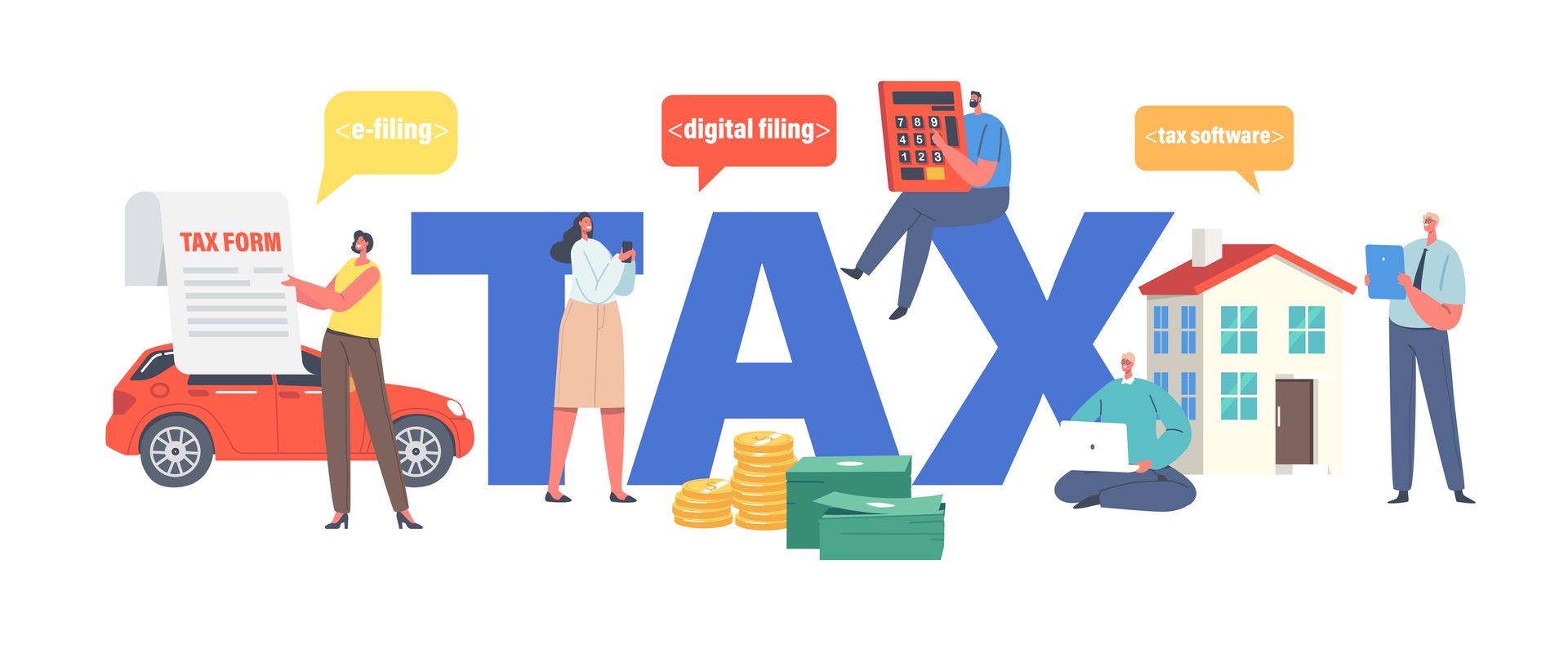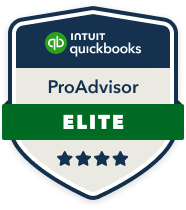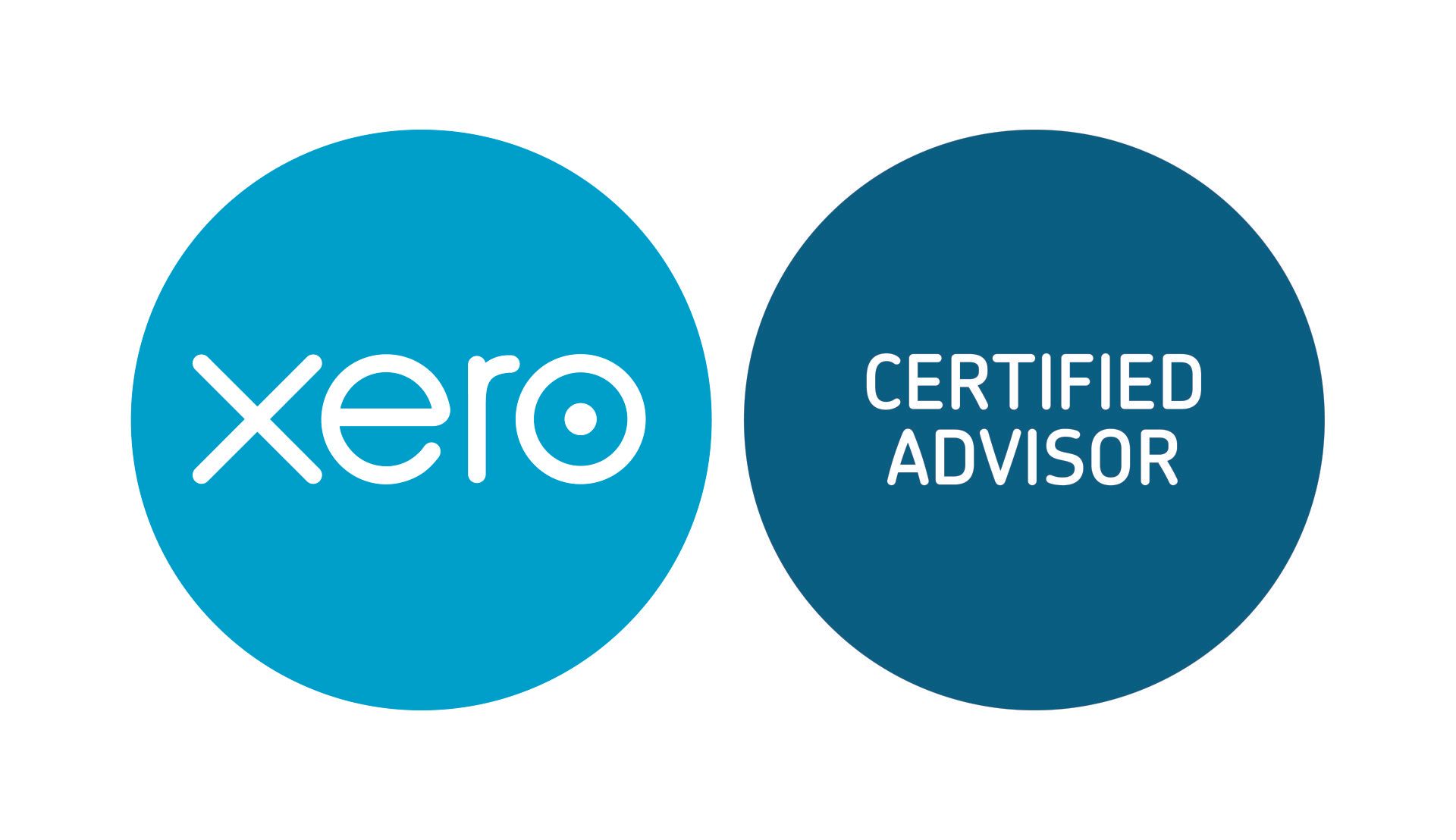Welcome to CW Licensed Bookkeeper & Accountant
Welcome to CW Licensed Bookkeeper & Accountant
Understanding VAT: Treatment and Partial Exemptions
Navigating the complexities of Value Added Tax (VAT) can be a daunting task for many businesses. This comprehensive guide will help you understand VAT treatment and partial exemptions, ensuring you stay compliant and make the most of available benefits.
What is VAT?
VAT is a consumption tax levied on the value added to goods and services at each stage of production or distribution. It is collected by businesses on behalf of the government and is typically included in the price of the goods or services sold.
VAT Treatment
VAT treatment refers to how VAT is applied to transactions. It can vary depending on the type of goods or services and the nature of the transaction. The main types of VAT treatment include:
- Standard Rate: The standard rate of VAT is applied to most goods and services. In the UK, the standard rate is currently 20%.
- Reduced Rate: Certain goods and services, such as energy-saving materials and children's car seats, are subject to a reduced VAT rate of 5%.
- Zero Rate: Some goods and services, including most food and children's clothing, are zero-rated, meaning they are taxable but the rate of VAT charged is 0%.
- Exempt: Exempt goods and services, such as financial services and education, are not subject to VAT.
- Outside the Scope: Transactions that are outside the scope of VAT, such as wages and some government charges, are not subject to VAT.
Partial Exemptions
Partial exemptions apply to businesses that make both taxable and exempt supplies. This situation often arises in industries such as finance, healthcare, and education. When a business makes both types of supplies, it can only reclaim the VAT on expenses related to its taxable supplies.
To determine the proportion of VAT that can be reclaimed, businesses must use a method known as the "partial exemption method." This involves:
- Apportionment: Splitting the VAT on expenses between taxable and exempt supplies.
- Calculation: Calculating the recoverable VAT using a formula that takes into account the proportion of taxable supplies.
Key Considerations
- Annual Adjustment: Businesses must perform an annual adjustment to ensure the correct amount of VAT has been reclaimed.
- De Minimis Rule: If the amount of VAT related to exempt supplies is below a certain threshold, businesses may be able to reclaim all VAT incurred.
- Special Methods: In some cases, businesses may need to use a special method for calculating partial exemption, which requires approval from HMRC.
Best Practices for Managing VAT and Partial Exemptions
- Accurate Record Keeping: Maintain detailed records of all transactions to substantiate your VAT claims. This includes invoices, receipts, and other relevant documents.
- Regular Reviews: Conduct regular reviews of your VAT treatment and partial exemption calculations to ensure compliance and accuracy.
- Professional Advice: Seek advice from a qualified accountant or bookkeeper to navigate the complexities of VAT and partial exemptions effectively.
- Stay Informed: Keep up-to-date with changes in VAT regulations and rates to ensure your business remains compliant.
Conclusion
Understanding VAT treatment and partial exemptions is crucial for businesses to ensure compliance and maximize VAT recovery. If you're unsure about how these rules apply to your business, it's advisable to seek professional advice.
Get in Touch
For personalised advice and to ensure your business handles VAT correctly, contact CW Licensed Bookkeeper & Accountant at info@cwabc.co.uk or call 07306 812321. We're here to help you navigate the complexities of VAT and optimise your tax strategy.

Ready to Take the Leap?

CW Licensed Bookkeeper & Accountant
07306-812321
Greenview Crescent,
TN11 9DR,
Tonbridge
Embrace the Future with Client Portal Access
Experience convenience at your fingertips through our Client Portal Access. Manage your accounts, explore resources, and stay updated seamlessly. Access the portal at
CW Licensed Bookkeeper & Accountant
As proud members of the Association of Accounting Technicians, we are licensed and regulated under Licence Number 1005575. Your financial peace of mind is our unwavering commitment.










